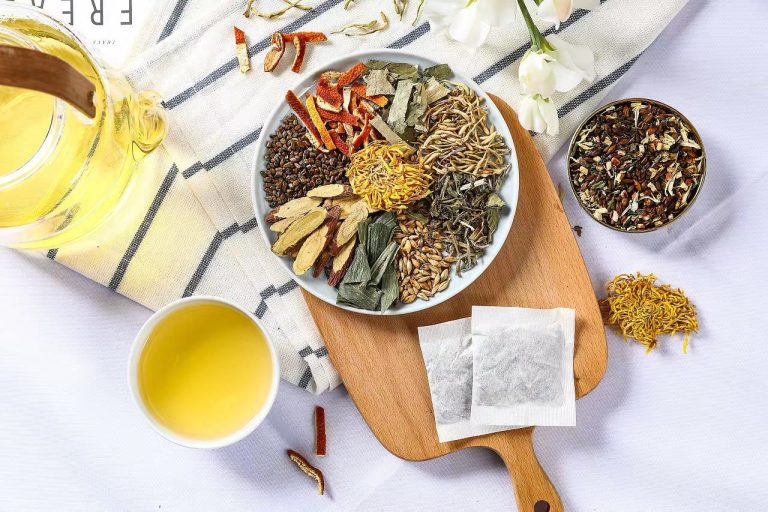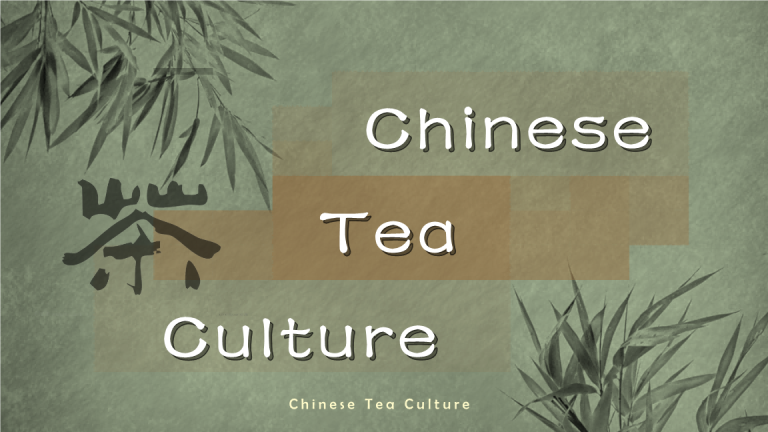Hangzhou Zhiqinghe Tea Tech Co.,Ltd.
Since 1992.
The change of tea drinking history in China
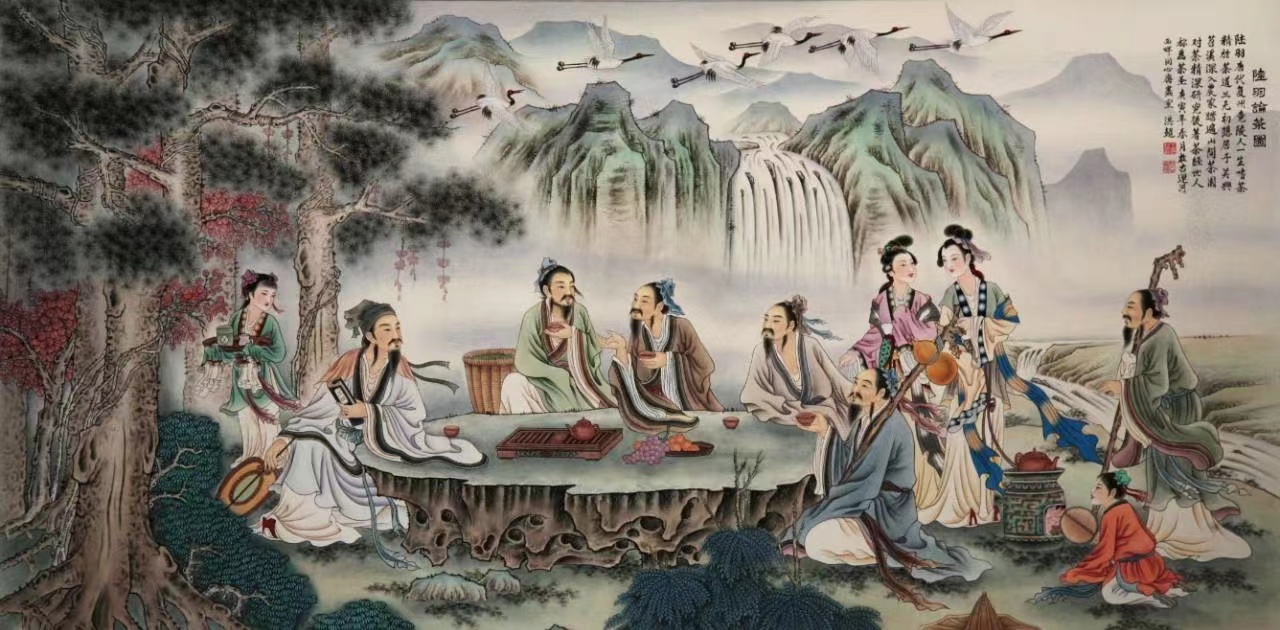
1,The method of making tea in the Tang Dynasty
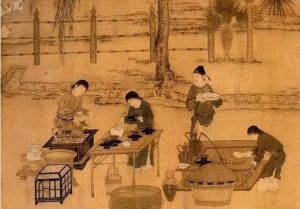
Before boiling tea, grind the tea leaves, boil the water, put in the seasoning, and then sprinkle the tea powder into the pot. When drinking tea, drink the tea residue and tea soup together while it is hot, which is called “eating tea”.
People in Tang Dynasty once liked to add flavorings to tea soup, such as salt, onion, ginger or orange peel. In the middle of the Tang Dynasty, Lu Yu strongly opposed this method of tea cooking. He could add a little salt at most when he cooked tea. Since then, people began to advocate the original taste of tea soup, laying the foundation for the rise of the tea ceremony.
2,Dian cha in Song Dynasty
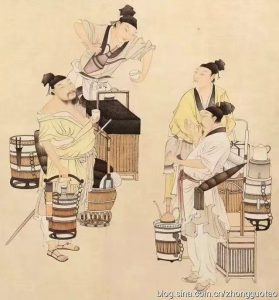
The way of drinking tea in Song period rose to the height of aesthetics and reached the acme. They decorated tea cakes with many delicate patterns of dragon and phoenix, which are called “Dragon and Phoenix Cake Tea”.
First, grind the cake tea into a fine powder, and use boiling water to make some tea. In order to make the tea powder and water blend together, hit the tea quickly to fully blend the tea and water by using a bamboo tea whisk, and make a large amount of white tea foam appear in the tea cup. This is where the Japanese tea ceremony originated.
3,Tea making in the Ming Dynasty
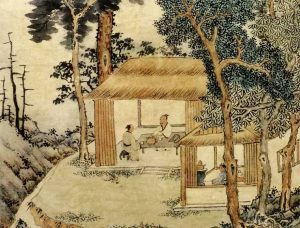
In Ming period, the methods of making and drinking tea were simplified again and again. Zhu Yuanzhang made great efforts to promote loose tea, which led to the alienation of tea types. Before, there was only green tea. Later, other types of tea gradually emerged.
People in the Ming Dynasty believed that this drinking method was “extremely simple, unique and interesting, and tasted the most authentic flavor of tea”. The method of brewing tea has also continued to this day. Tea is brewed without any seasoning. What you drink is the original and authentic taste of tea. At the same time, the tea sets and methods used for brewing tea have also been simplified, which is more conducive to the spread of tea culture.


